No matter how long they’ve had one in their home, Christmas cacti continue to confound even the most experienced of house plant owners as to what they need to thrive.
Whether you have it all figured out or need to delve into our in-depth Christmas cactus care guide, there are a few things that Christmas cactus owners should be aware of.
So, let’s enhance your Christmas cactus knowledge with a few key facts that will help you keep your plant alive and well for many years to come.
It isn’t actually a cactus
The Christmas cactus is not a cactus, despite its common name. Members of the Schlumbergera family are not classified cacti despite the fact that they are succulents and store water in their leaves.
What exactly does this mean?
This, of course, means that they need more frequent watering and protection from the direct sunlight than would be required by a true cactus and that they are less tolerant of drought. In spite of their common association with the desert, Christmas cacti are actually tropical plants.
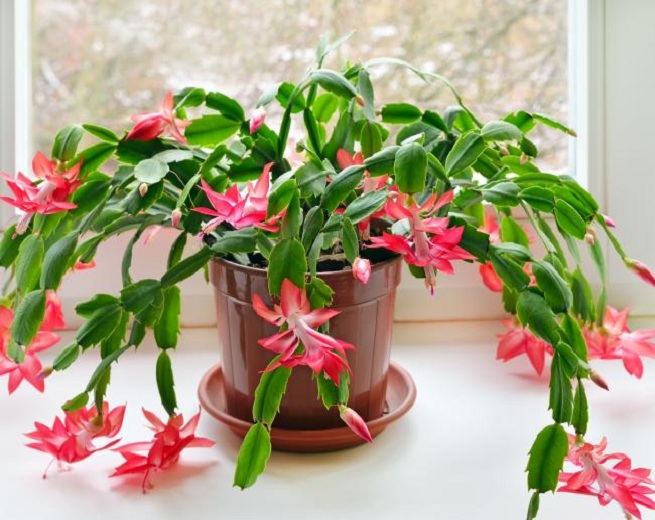
It’s an epiphyte
These festive plants are epiphytes. Epiphytes are plants that develop on another plant’s surface.
Epiphytes, unlike parasites, do neither feed or harm the plant from which they grow. Rather, the epiphytic plant gets water and nutrients from its host plant via the air, rain, and organic matter that gathers on its leaves and shallow root system.
The root system of an epiphyte is less dense than that of soil plants, and the roots are primarily used for clinging to the plant it is growing on.
This is a crucial factor to think about while picking out soil for your Christmas cactus. In order to prevent root compaction and waterlogging, the soil should be sandy and somewhat loose.
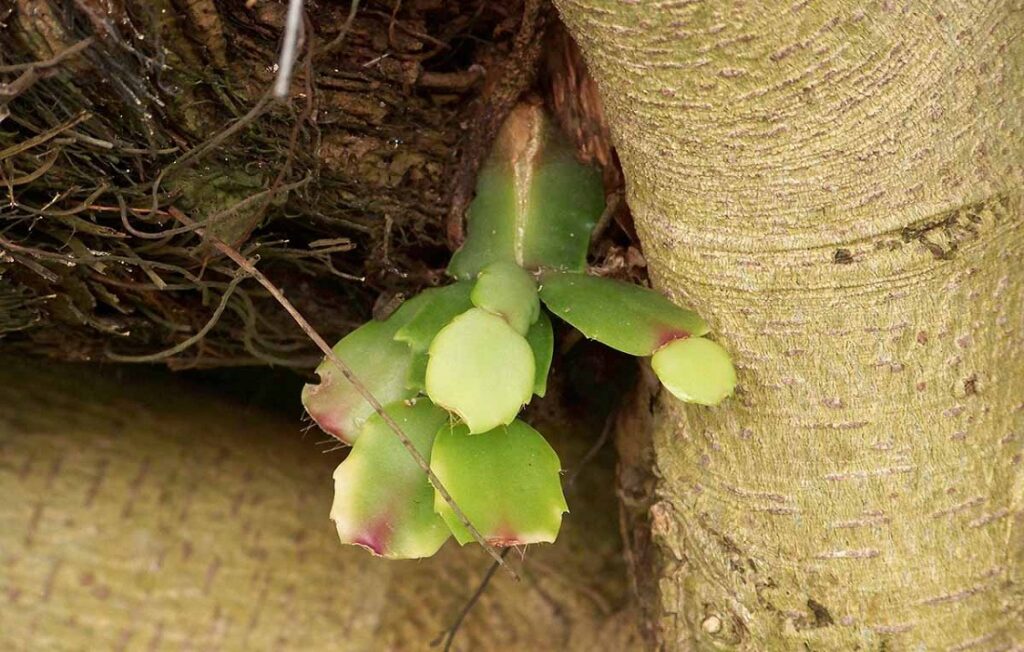
Your Christmas cactus is probably not a Christmas cactus
It’s a common gripe that Christmas cacti don’t flower in time for the holiday.
Because you own a Thanksgiving cactus, probably.
Despite their widespread appeal, genuine Christmas cacti—a hybrid that originated in England more than 150 years ago—are difficult to come by at nurseries and garden centers.
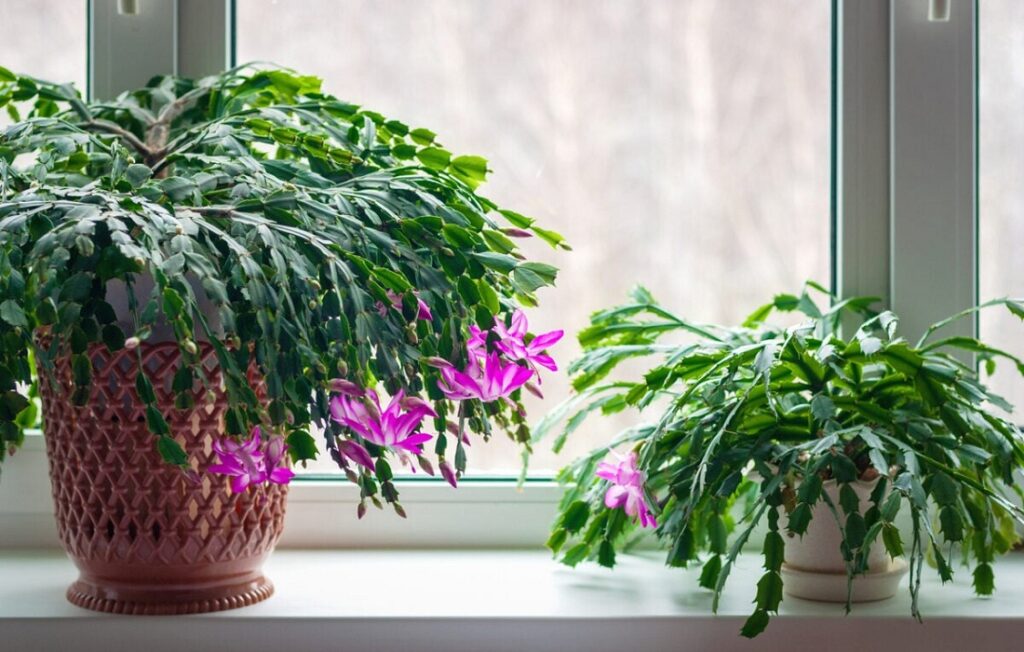
So, why are Thanksgiving cactuses marketed as Christmas cacti?
Commercial growers find it much simpler to cultivate Schlumbergera truncata, or the Thanksgiving cactus, which is already covered in buds and ready to bloom by the time it hits store shelves in November instead of the Christmas cactus, which no one wants to buy if it doesn’t look like it’s going to bloom in time for Christmas.
Identifying the two entities is as simple as comparing a single section of each. Each segment of a Thanksgiving cactus ends in a sharp point, while those of a Christmas cactus, or Schlumbergera buckleyi, are longer and have scalloped edges but no points.
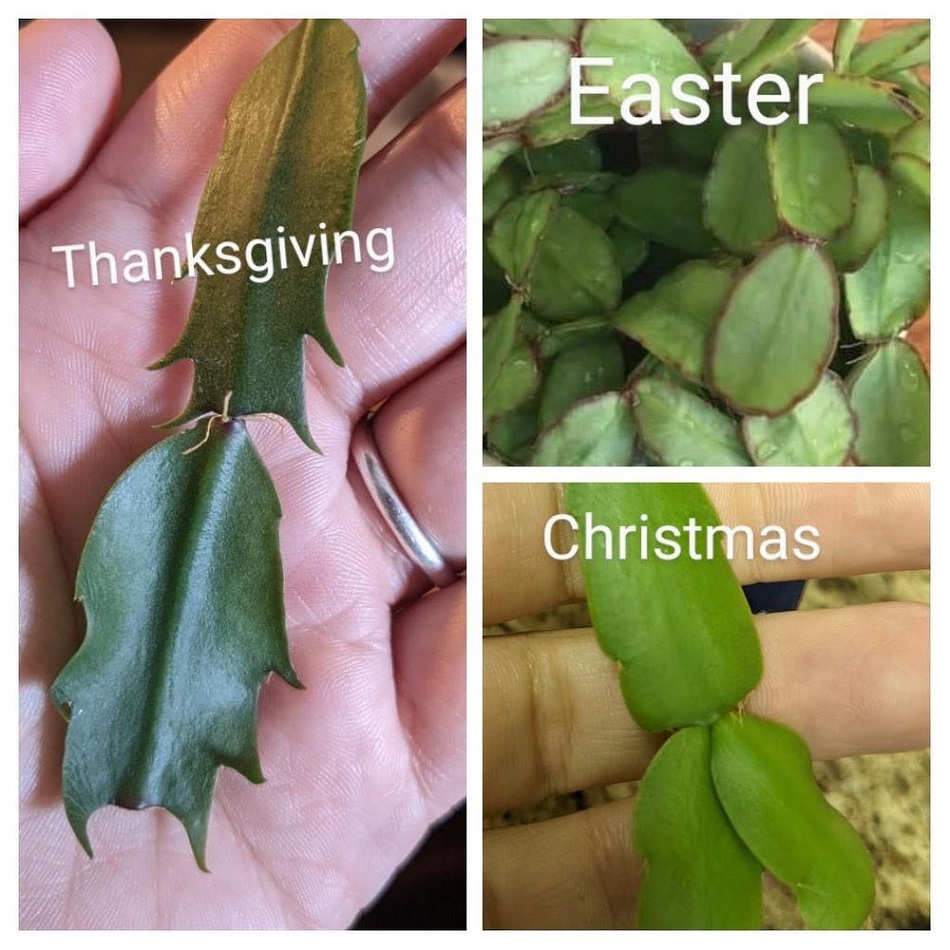
Repotting your cactus might not be necessary
While most plants benefit from being repotted every year or two, Schlumbergera actually thrives when its roots are confined to a smaller space than their container. In reality, they are readily stressed by a lot of movement, and frequent repotting can cause damage since the segments can snap off.
Plants should be left in their current containers as long as they continue to thrive and produce new growth each year.
Each year, you can “top dress” your plants by adding some new soil to the very top of the plant. It’s a way to replenish the soil that washes away through the drainage hole.
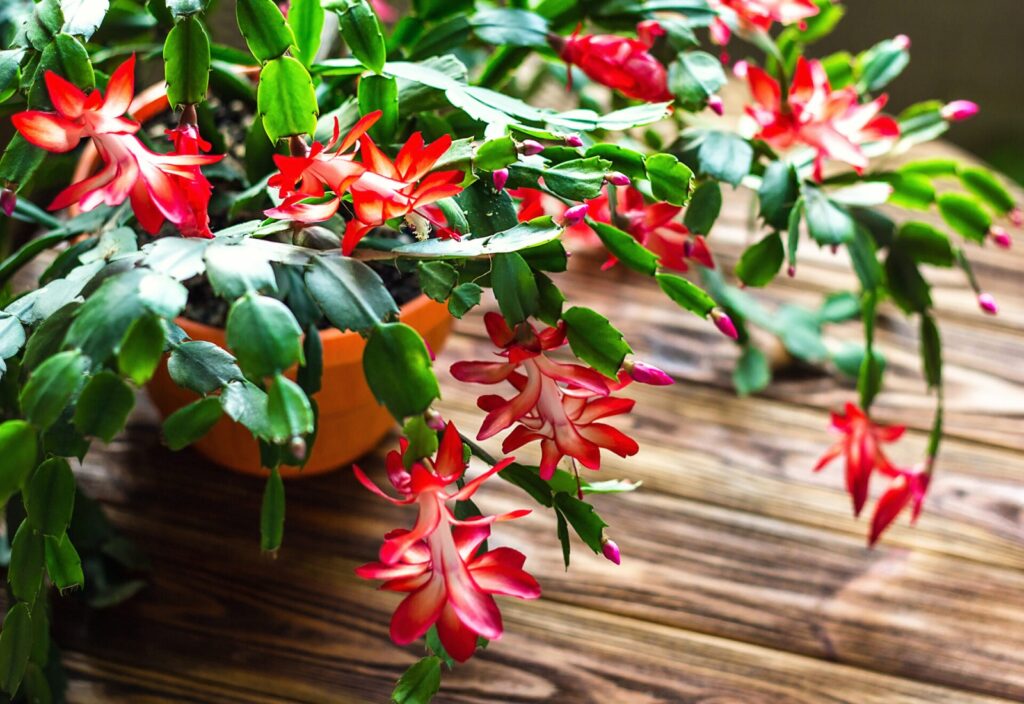
To flower, a Christmas cactus must go dormant
If you want your plant to flower, you have to replicate the environmental conditions that lead it to enter a period of dormancy.
In its natural habitat in South America, Schlumbergera turns dormant as the evenings grow longer and cooler. The plant can then commence its flowering phase and begin to form buds.
If your cactus doesn’t experience these cool, 14-hour evenings, it will never go into dormancy. This is the most common reason a Christmas cactus fails to flower, yet it’s also one of the simplest problems to solve.
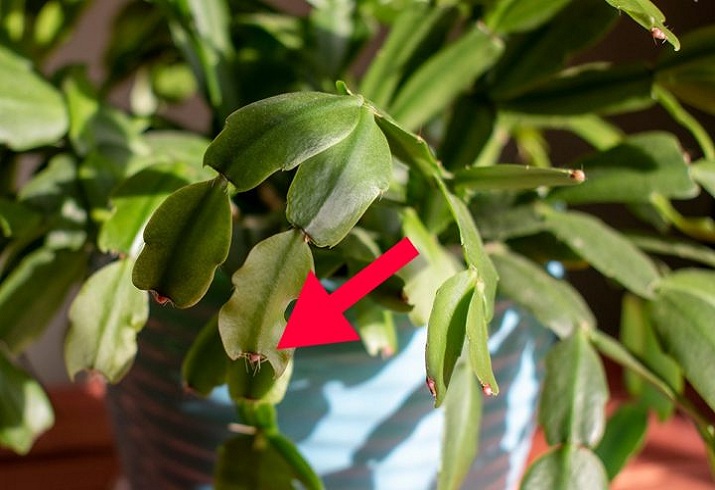
Your Christmas cactus plants can be multiplied without cost
It’s easy to propagate Christmas cacti, so you may expand your collection, cultivate gifts for friends and family, or fill in sparse plants without spending a dime.
Even better, if you have many Thanksgiving plants in various colors, you may combine cuttings from each into a single pot to produce a cactus with multiple shades of green.
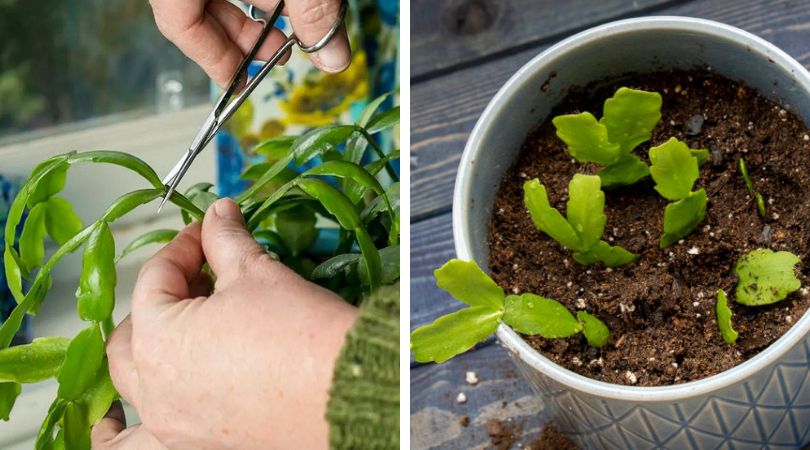
You can place your Christmas cactus outside
Our attention is typically drawn to these plants over the holidays, but you can transfer them outside as the weather warms up.
Find an area that doesn’t get too much sun, too, so your plant doesn’t dry out. Wait until the days are always at least 65 degrees F and the nights don’t drop below 50 degrees F.
Keep an eye on your Christmas cactus for the first few days after relocating it outside to make sure it is adjusting well.
As summer ends, bring your plant inside before the nights cool. In order for your plant to produce Christmas blossoms, you must initiate the dormant cycle soon once it has adjusted to being back indoors.
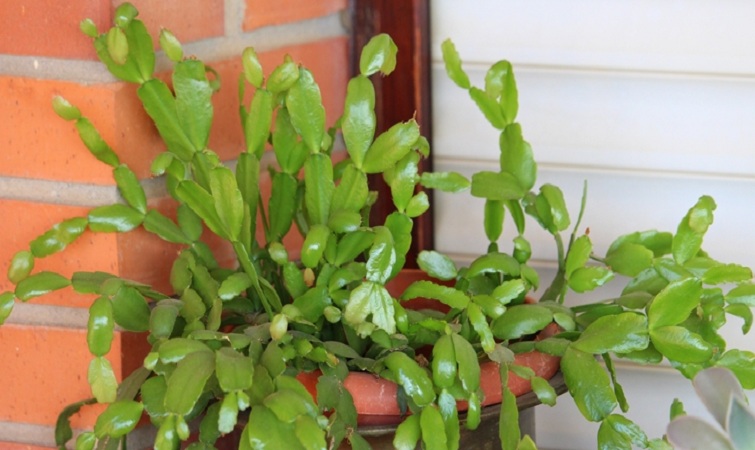
Christmas cacti have sensitive skin
Did you realize that your Christmas cactus, like you, may get a sunburn? Native to Brazil, these plants prefer the shade provided by tree canopies. Bright light from above filters down and helps them thrive.
In bright light, the segments of your Christmas cactus will change color to red or purple. Because of this, the plant may experience stress and struggle to produce flowers. Without prompt attention, the plant could die.
If you discover your plant has been sunburned, you can help it recover by placing it in a darker part of your home. If the plant seems to be doing well, you can return it to an area where it gets bright indirect sunlight.

Christmas cactuses are pet-friendly
Christmas cactuses, unlike many popular plants, are not harmful to dogs or cats. The number of safe houseplants for the holidays is surprisingly few.
If you want to give a pet owner a plant for Christmas, a Thanksgiving or Christmas cactus is an excellent pick.
As a pet owner, you may want to research whether festive plants could potentially be harmful to your furry friend.
Christmas cacti can outlive you
There’s a good chance that everyone you know has a Christmas cactus because of how long they survive. In the right conditions, these plants can thrive for decades. Numerous articles of gigantic Christmas cacti that are at least a century old can be found online.
These massive plants are often handed down from one family to another, becoming true works of art.
The typical lifespan of a plant is 30 years. If you take very good care of your plant, it just might end up in the local newspaper one day.


